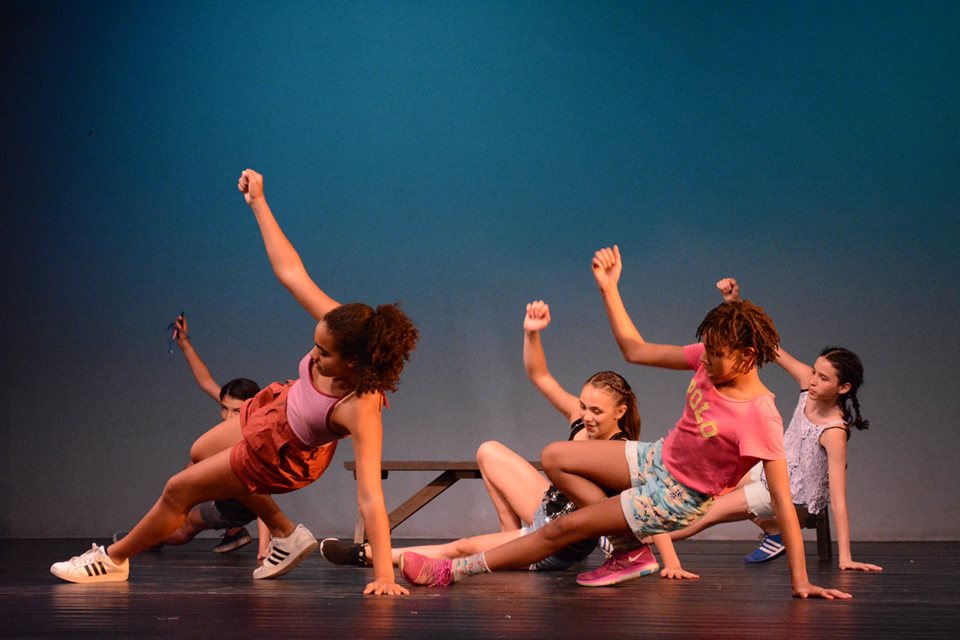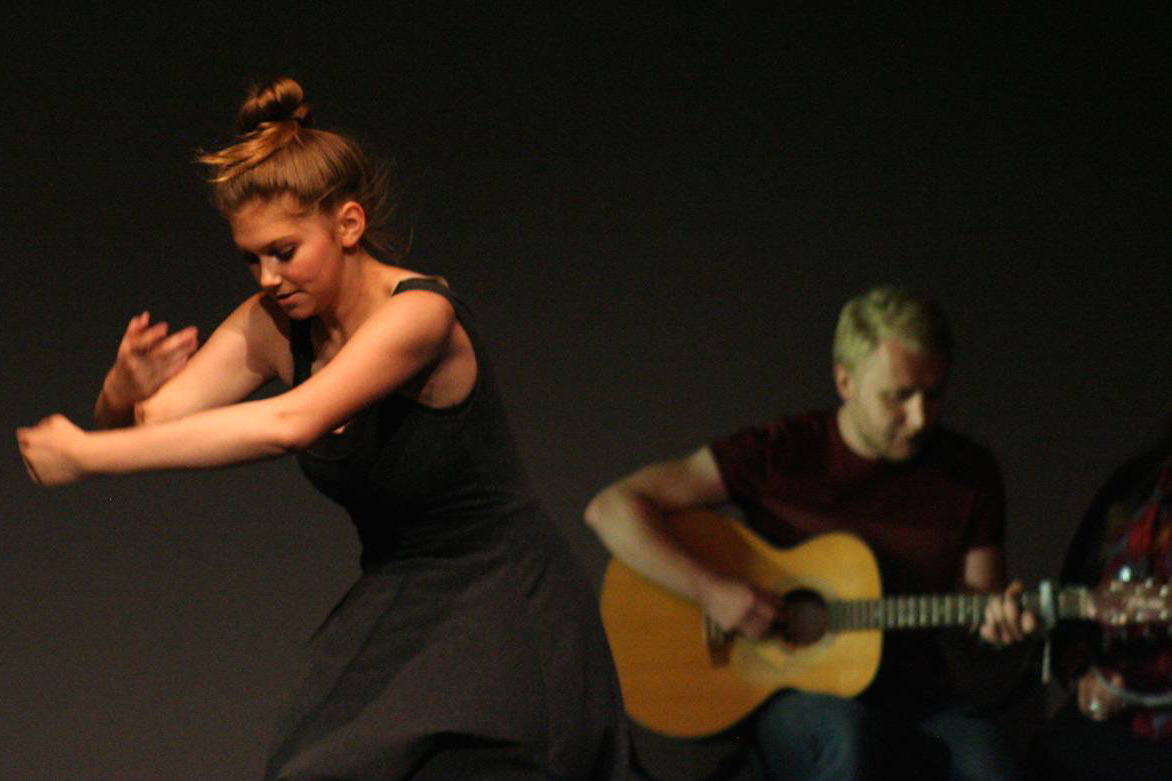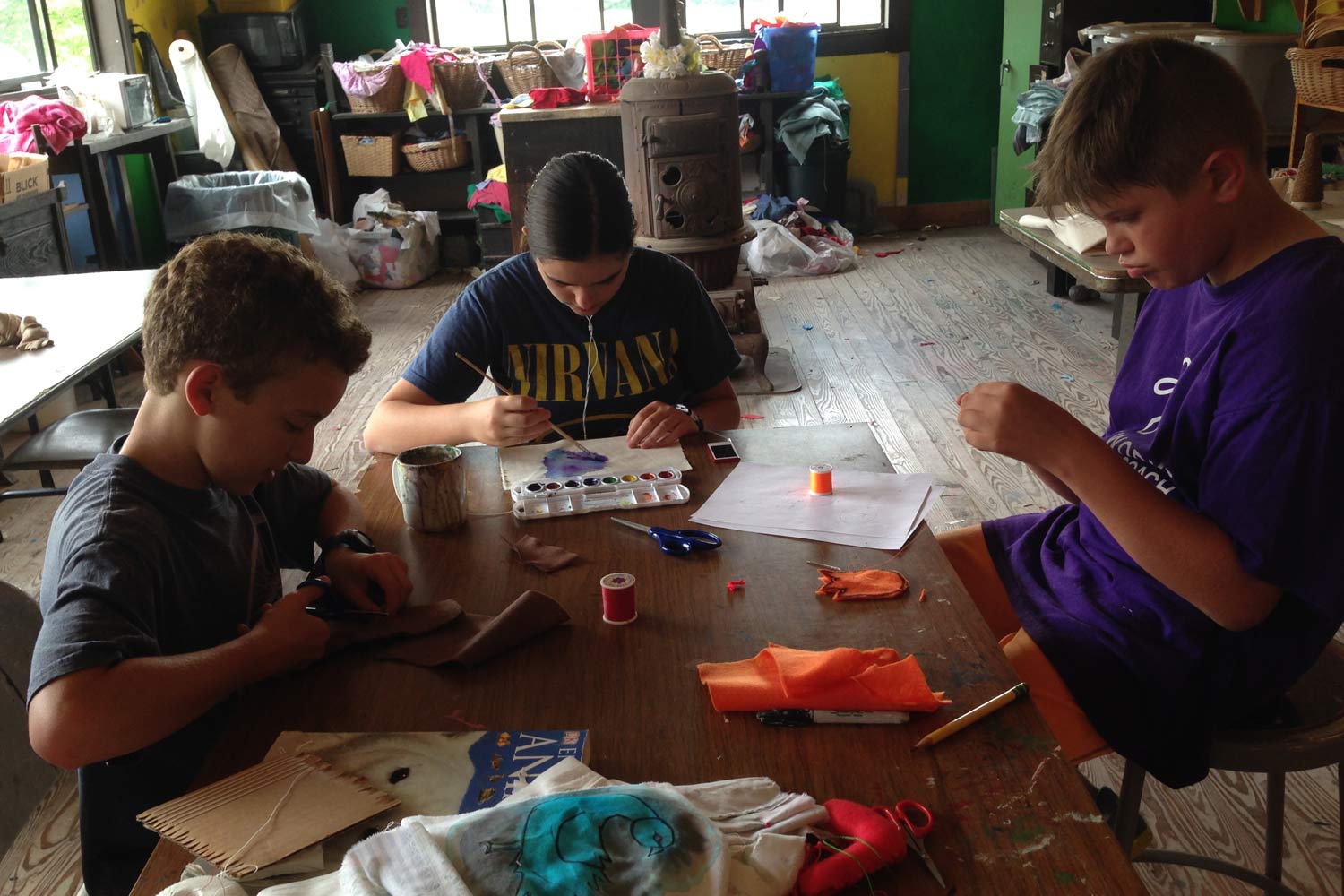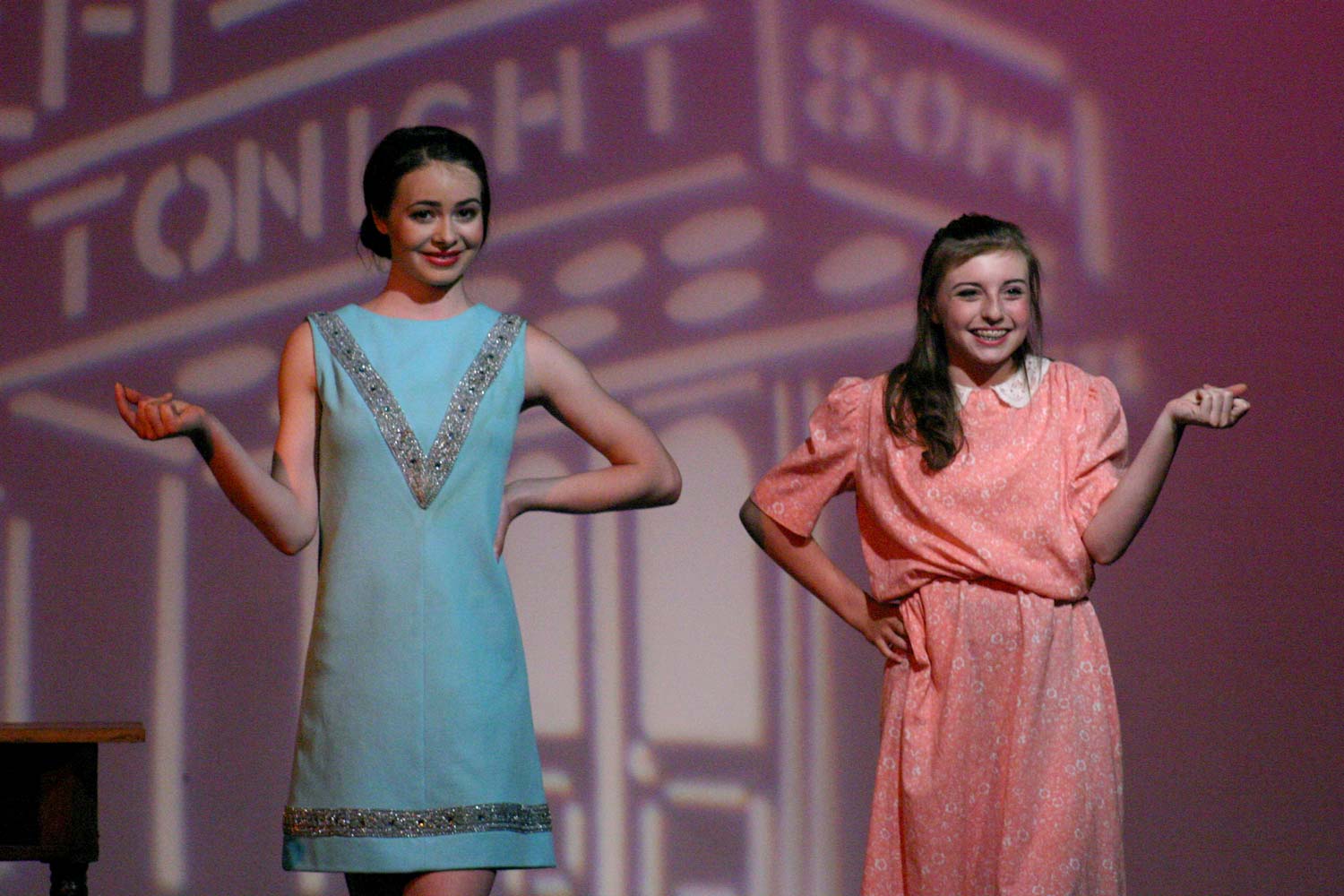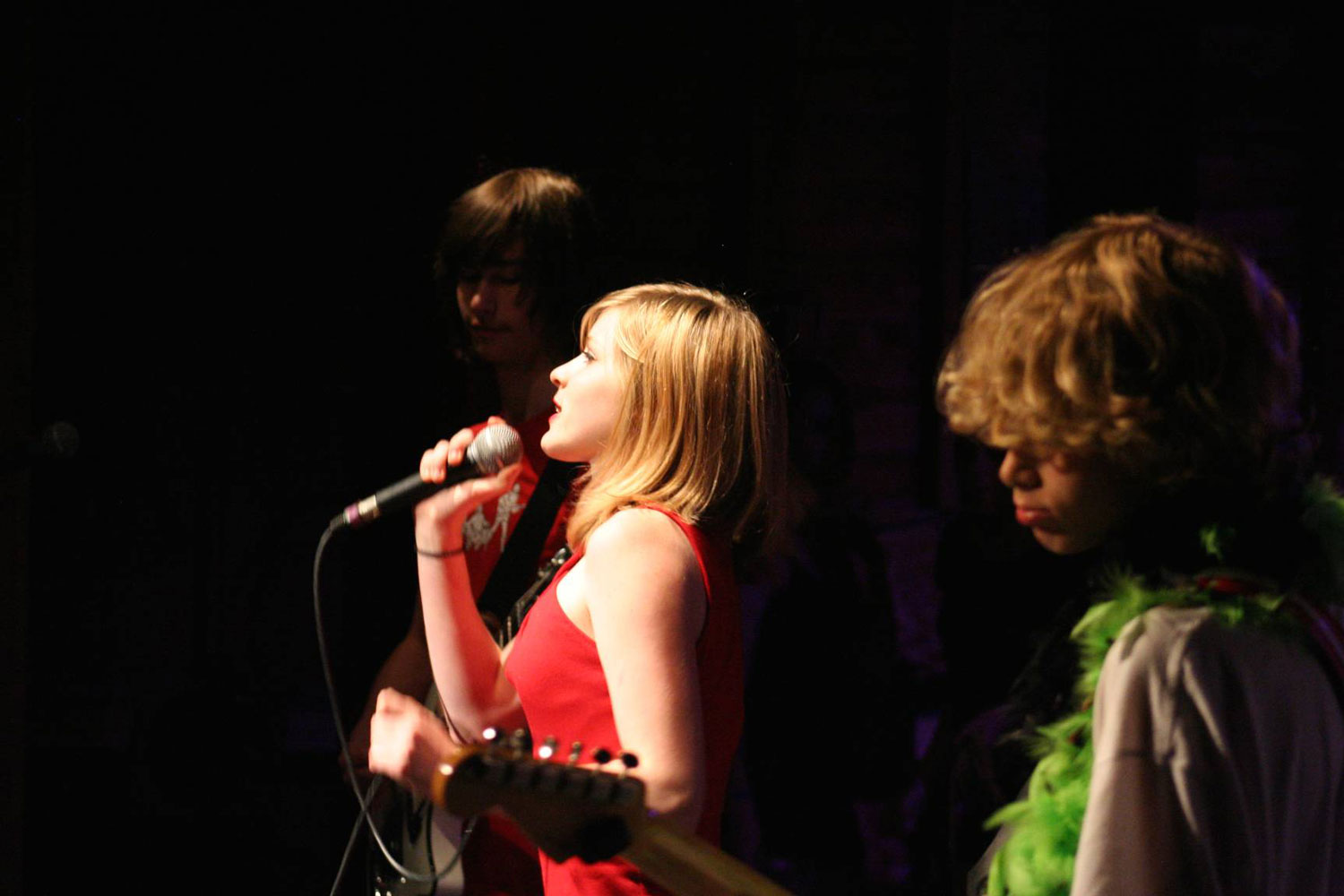A recent NY Times book review[1] laments that “this is a generation engaged in a meritocratic “arms race” of epic proportions, that has racked up the most hours of homework (and screen time) in history but also the fewest ever of something so simple as unsupervised outdoor play. If that sounds trivial, it shouldn’t. “When adult-supervised activities crowd out free play, children are less likely to develop the art of association, …along with other social skills central to the making of good citizens capable of healthy compromise.”
In simpler terms, it is saying that here in the United States, the balance between structured/planned time and unstructured/creative/play time has tilted – radically – toward the former, crowding out nearly any vestige of the latter. Here at Camp Ballibay, we share that deep concern; however, we are completely committed to doing something about it, to help restore the balance.
This harkens back to the old metaphor between the functions/capabilities of the left vs. right brain. While science has determined that the connection between those differing capabilities and the hemispheres of the brain is not quite so straightforward, the metaphor still works for helping illuminate some fundamental, complementary mental capabilities.
So-called “left-brain” capabilities focus on language, logic, linearity, analysis, detail, objectivity, facts and mathematics. So-called “right-brain” capabilities are focused on imagination, daydreaming, holistic thinking, intuition, arts, rhythm, relationships, and feelings visualization. As may be clear to you, our science and technology focused culture has sort of “deified” the left-brain functions, and kind of banished (or strongly deprecated) the right-brained ones.
For instance, public schools are having significant struggles in trying to get funding for any arts-related programs like music, visual arts, and theater. STEM (science, technology, engineering and mathematics) drives core curriculum, and indeed, pretty much the sole focus of the current job market. Children and young people spend more and more and more time on highly structured (left-brain) activities (which includes all-day-long interacting with their technological media (smart phones, tablets)). Actual unstructured, creative, free, playful, imaginative, social (i.e. face-to-face, not texting) activities have shrunk almost to the vanishing point.
Again, here at Camp Ballibay, we are committed to restoring the balance. In fact, we have discovered a clever way to combine the two complementary functions into a single, integrated whole: children are responsible for structuring their day (left-brain) to include pre-planned times for creative play and socializing (right-brain)! We are, after all, an arts camp, with all that entails, but we require campers to plan their own day, and then to stick to that plan.
We don’t want to over-correct the current imbalance by denying, suppressing or denigrating the left-brain; after all, it is 50% of our brain! All we want to do is to restore the balance to something closer to 50/50, and to get the two sides of the brain to communicate and to integrate, which we strongly believe was the purpose of the original design and functioning of the brain in the first place.
[1] https://www.nytimes.com/2018/08/27/books/review/splintering-william-egginton-coddling-greg-lukianoff-jonathan-haidt.html

